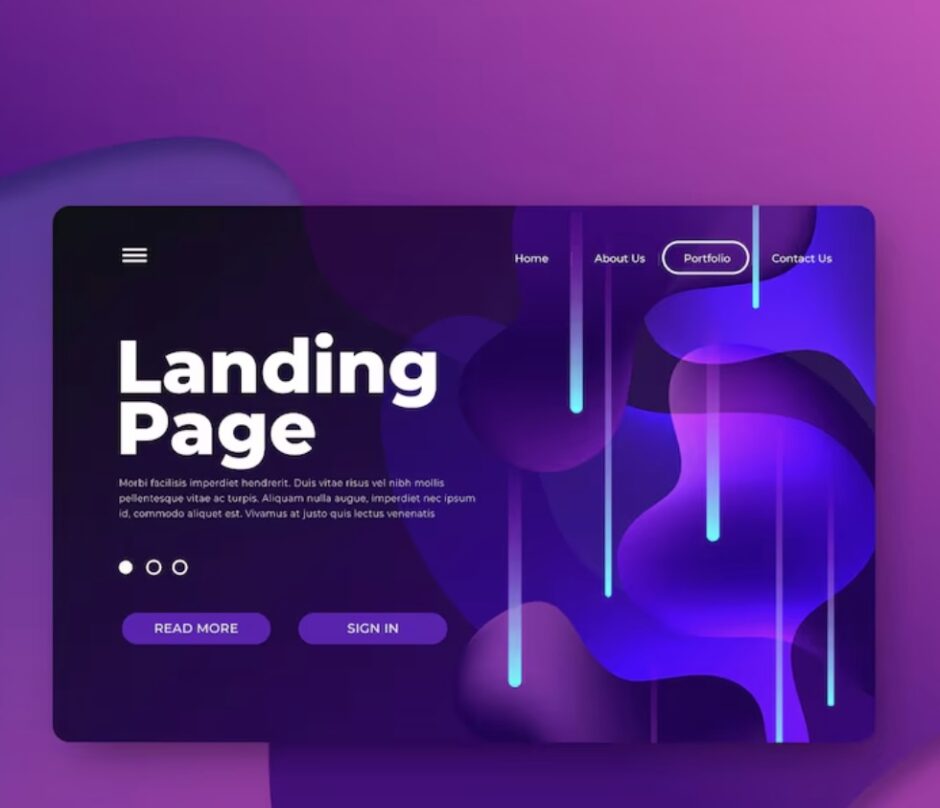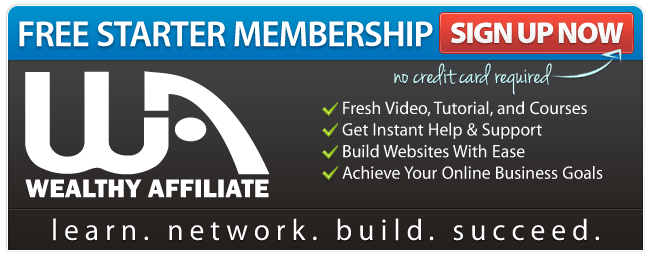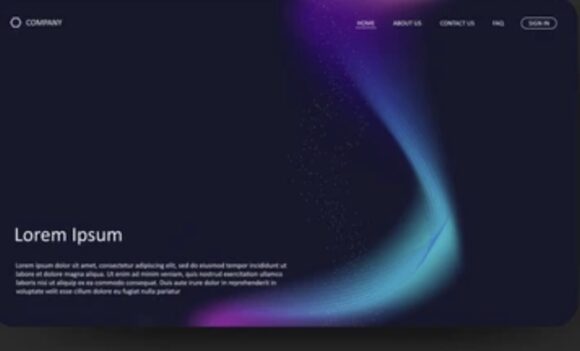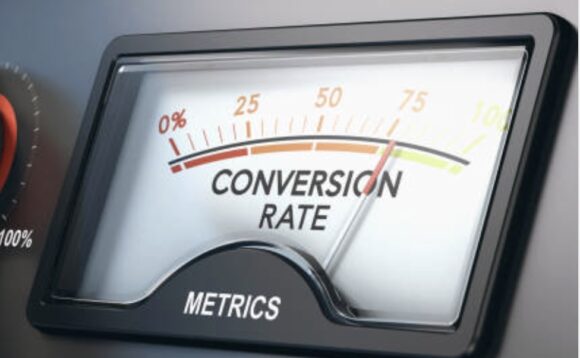Landing pages are one of my favorite ways to turn visitors into leads or customers. A well-designed landing page gives people all the information they need, helps build trust, and makes it easy for them to take action. If your landing page is missing key elements, you might be losing conversions that could have been yours.
If you have ever felt frustrated by low conversion rates, confusing user experiences, or visitors who drop off before they take action, I can relate. The difference between a landing page that fizzles out and one that brings in results often comes down to a handful of really important features. Adding the right elements in the right way can make all the difference.
This article looks at the top 10 landing page elements that help boost conversion rates. I’ll share what they are, explain why they’re important, and offer practical tips on how you can use them to get better results from your landing pages. Plus, you’ll find a few extra tactics at the end to step up your landing page optimization journey and achieve the results you’re looking for.
1. Compelling and Clear Headline
Your headline is the first thing people read. I always make sure my headline explains exactly what the page is about, what’s being offered, and what benefit the visitor will get. A good headline uses clear language, speaks directly to the visitor’s interests, and focuses on solving a problem or delivering value.
If someone clicks an ad or a social post to reach your page but the headline feels off-topic or confusing, they’ll probably leave. The best headlines use active words and get straight to the point. For example, “Get Your Free Guide to Healthy Eating” tells visitors exactly what they get and why it matters.
Headline Tips:
- Make it specific: Avoid vague language and focus on real benefits.
- Keep it short: I find that 8-12 words is usually enough.
- Use visitorfocused language: Speak directly to “you” or “your.”
- Reinforce the offer: Make the value clear right away.
A powerful headline quickly builds interest and sets expectations for the rest of the page.
2. Persuasive Subheadline
The subheadline works together with the main headline to offer more context. I usually add a subheadline just below the main headline to clarify the offer, share a unique selling point, or address a top visitor concern. This helps keep visitors engaged and reassures them they are in the right place.
A helpful subheadline may read, “Download the guide and start making healthier choices in less than 10 minutes.” This builds on the promise of the headline, adds a sense of action, and makes the next step feel simple.
Subheadline Tips:
- Expand on your promise: Explain how your offer helps.
- Address potential doubts: Answer a key objection, if possible.
- Use supporting details: Be specific about what’s included.
A subheadline draws the visitor deeper into the page, making them more likely to keep reading.
3. Strong Visuals
Images and videos play a huge role in boosting landing page conversion rates. When someone visits your page, a good visual can catch their attention, make the offer easier to grasp, and create an emotional connection. I always choose visuals that match the offer and inspire action.
You can use product photos, explainer videos, illustrations, or even screenshots. If you’re offering an ebook or a software tool, a simple mockup or demo video works well. I’ve seen higher conversions when visuals show the actual outcome the visitor wants, like a before/after picture or a preview of what they’ll receive. Remember, a visual can be nextlevel cool if it makes your content shine and is directly related to what you’re offering.
Visual Tips:
- Keep it relevant: Every image should relate directly to your offer.
- Use high-quality: Blurry or generic stock images feel untrustworthy.
- Demonstrate value: Show your product or service in use, or the benefits it delivers.
Great visuals give your landing page more credibility and make your call to action stand out.
4. Focused and Clear Call to Action (CTA)
Your call to action is where conversions actually happen. I always make the CTA button the most noticeable thing on the page. Whether you want people to sign up, download, or buy, the action needs to be simple and clear.
I write my CTAs using strong, direct language. Instead of “Submit,” something like “Download My Free Guide” or “Start My Free Trial” tells the visitor exactly what happens next. Color also matters, so I use a button color that contrasts with the rest of the page, drawing the eye toward it without clashing with other elements.
CTA Tips:
- Use action words: Start with a verb (“Get,” “Download,” “Start,” etc.).
- Make it specific: Include a benefit (“Book My Free Call” instead of just “Book Now”).
- Limit options: Focus on one main CTA to avoid confusion.
A strong, visible CTA gives visitors clarity and confidence in taking the next step. Also, try positioning your button both above the fold and at the end of your page so visitors have clear places to act no matter where they are on your landing page.
5. Trust Signals
People are more likely to convert if they trust your page. I always add trust elements like testimonials, reviews, client logos, guarantees, certifications, or data security badges. These elements help reduce worry and show that others have benefited from your offer.
Testimonials are especially powerful when they are specific, show real names or company names, and include photos. If possible, I use direct quotes from customers about what changed for them after using my product or service. Security badges (like SSL or “100% Privacy Guaranteed”) are useful if you’re collecting personal data or payments.
Trust Signal Tips:
- Add recognizable logos if you’ve worked with known brands.
- Share numbers: “10,000+ people have signed up,” or “Rated 4.8/5 stars.”
- Address privacy: Make a quick note about how you handle data below your form.
Trust signals help reassure visitors that your offer is safe, reliable, and delivers on its promises. You can also include awards, media mentions, or trust badges for added reassurance.
6. Short and Simple Forms
If your landing page includes a form, I recommend keeping it as short as possible. I’ve found that fewer fields lead to more submissions. If you only need an email address for a newsletter, don’t ask for extra details unless it’s necessary for the offer.
People don’t like sharing a lot of personal information unless they know exactly what they will get and trust who gets it. Sometimes, asking for a first name and email is enough. If a phone number is critical (maybe for a sales call), I make it clear how that information will be used.
Form Tips:
- Ask for the minimum: Only request details you really need.
- Add labels: Make each field clear and easy to fill out.
- Group fields: Use a single column for better mobile and desktop experience.
Simple forms make the process feel fast and easy, which encourages more people to complete them. Remember, you can always collect more information after the initial conversion.
7. Benefit-Focused Copy
I always put myself in the visitor’s shoes when writing landing page copy. Instead of just listing features, I clearly share how my offer helps solve a problem or improves their life. People want to know, “What’s in it for me?” so I focus on real outcomes.
Effective copy answers common questions, addresses objections, and explains the value in easy-to-read bullet points or brief paragraphs. For example, if my offer was an online course, I might highlight outcomes like “Master basics in under four weeks,” “Learn at your own pace,” or “Get feedback from real experts.” These statements speak to what someone actually wants.
Benefit Copy Tips:
- Be specific: Avoid generic claims (“Best on the market!”) and use data or real results.
- Use bullet points: These help people scan key benefits quickly.
- Relate to your ideal audience: Speak in a style that matches their needs and goals.
Benefitfocused messages show visitors why your offer is valuable to them and help them picture their own results. To further step up your messaging, include user testimonials and outcome-oriented copy that aligns with your main benefit statements.
8. MobileFriendly and FastLoading Design
I always check how my landing pages look and work on mobile devices. More than half of my visitors use phones or tablets, so a smooth mobile experience is super important. A mobilefriendly landing page adjusts automatically to any device, keeps fonts large enough to read, and reflows images and buttons for easy tapping.
Loading speed also matters. If your page takes more than a few seconds to load, many visitors will leave. I compress images, reduce extra scripts, and test loading times using tools like Google PageSpeed Insights. Quick loading and simple design help maintain attention and can boost your conversion rate noticeably.
Mobile and Speed Tips:
- Use large buttons that are easy to tap with a thumb.
- Keep content blocks short and clear.
- Test your page on different devices and speeds.
A smooth, quick experience on phones and tablets makes visitors more likely to stick around and convert. Also, remember to check your form fields and CTA buttons on smaller screens to ensure they remain accessible and easy to interact with.
9. Social Proof and User Stories
Social proof puts visitors at ease by showing that people like them have already benefited from your offer. I like to include specific testimonials, customer quotes, Facebook comments, review ratings, or even short case studies.
Stories and quantitative results, such as “After using this guide, I saved 20% on groceries,” or “We’ve helped 5,000+ people reduce stress,” are much more convincing than abstract claims. When I borrow reviews from third-party sites, I always link back to build trust.
Social Proof Tips:
- Include photos with testimonials to build trust.
- Share measurable results if you can.
- Highlight praise from industry leaders or publications.
Real feedback from users helps overcome skepticism and encourages others to take action. For even more impact, consider rotating testimonials, adding star ratings, or spotlighting user stories on your landing page for continued freshness and credibility.
10. Minimal Distractions and Focused Layout
A highconverting landing page keeps things simple. I keep menus, links, and extra distractions to a minimum. That means no unrelated navigation bars, footers with lots of links, or banner ads. If anything takes away from the main conversion goal, I remove it.
I like using lots of white space, clear headings, and a single main offer. My landing pages are usually just one screen or a simple scroll, so the visitor is guided naturally from headline to CTA. A focused layout keeps attention on what matters and raises your conversion rate.
DistractionFree Design Tips:
- Use a single CTA: One focus keeps visitors on track.
- Trim navigation: Remove outside links or menus except where absolutely necessary.
- Keep content to what’s essential: Anything not supporting your offer goes.
Fewer distractions lead to more completed forms, signups, and purchases. Don’t forget to split test minor design tweaks, such as moving sections, simplifying text, or adjusting button placement, to see what works best for your audience.
Supporting Tactics for Landing Page Optimization
I also use a few more tactics to fine-tune my landing pages. A/B testing helps me find what works best by comparing two versions. Reviewing analytics tells me where visitors drop off so I can fix those spots. Consistent branding, using the same colors, logos, and voice as the rest of my site, creates a seamless experience, which reinforces trust and keeps your brand top of mind.
Finally, I monitor pages over time and update them as offers, audiences, and technology change. Conversion optimization is not a single event. It’s an ongoing process—a continuous cycle of testing, measuring, and improving. Even minor adjustments to copy, images, or form fields can result in measurable improvements. Set up regular reviews of your high-traffic landing pages and keep a list of ideas to test based on user feedback, performance reports, or new trends in design and technology. The stronger your process for ongoing landing page improvement, the better your results will be over the long run.
Final Thoughts
Boosting landing page conversion rates doesn’t require fancy tricks. Making steady improvements to the basics, like headlines, CTAs, trust signals, and page design, can give you better results. By focusing on the top 10 elements and using practical optimization tactics, you can create landing pages that work harder for you and your business. Real success often comes from paying attention to details, keeping things userfriendly, and always improving based on what your data tells you.
Which element do you think has the biggest impact on your pages? I’d love to hear about your experiences and ideas. Share your stories, ask questions, or offer any additional strategies that have worked for you as you continue to step up your landing page game.









Great breakdown of what really makes a landing page convert! Each element you listed plays a key role—especially the importance of a clear CTA and social proof. It’s easy to overlook how much layout and trust signals influence user behaviour. Thanks for putting this together—super helpful for anyone looking to optimise their pages!
Marios
Thanks so much, Marios! Really appreciate your thoughtful comment. You’re absolutely right—layout and trust signals often fly under the radar, but they make a huge impact on conversion. Glad you found the breakdown helpful! Let me know if you end up testing any of these elements—I’d love to hear how it goes.
This post really hit home for me. As a blogger and affiliate marketer, I’ve poured hours into building landing pages—only to face disappointing conversion rates more often than I’d like to admit. Reading through your top 10 elements gave me so much clarity on what I’ve been missing.
I especially appreciated the reminder about benefit-focused copy and the power of trust signals. I realize now that I’ve been leaning too much on features, while neglecting the emotional and outcome-driven side of my messaging. Also, your tip on simplifying forms is something I’ll be testing next—I’ve probably asked for too much, too soon.
One thing I’m curious about: How do you recommend balancing urgency (like limited-time offers) with maintaining trust on a landing page? And what’s your take on using exit-intent popups—helpful nudge or added distraction?
Thanks again for this super practical guide. It gave me a checklist—and a bit of renewed hope to keep refining rather than giving up.
Thank you so much for your thoughtful comment—it means a lot to hear this resonated with you, especially coming from someone deep in the trenches of blogging and affiliate marketing. You’re definitely not alone in feeling the frustration of low conversion rates despite putting in so much effort. It’s great to hear the post helped shine a light on some areas for refinement!
You brought up two excellent questions:
1. Balancing urgency with trust:
Urgency works best when it’s rooted in authenticity. Instead of overly aggressive countdowns or vague “limited time” labels, I recommend using urgency that’s specific and believable—like mentioning when a promo ends or how many spots/products are left. Pair it with transparency (e.g., “Only 3 spots left due to limited coaching hours”) to avoid triggering skepticism. When urgency aligns with real value, it builds motivation without harming trust.
2. Exit-intent popups:
They can definitely be effective if used sparingly and with purpose. Rather than rehashing the offer, I suggest using them to deliver added value—like a bonus tip, discount, or even a lead magnet. Keep the design clean and respectful (easy to close, not overly aggressive), so it feels like a helpful nudge rather than an interruption.
I really admire your mindset around refining rather than giving up—that persistence is what leads to breakthroughs. Wishing you continued success as you optimize those landing pages! Let me know how your form changes and benefit-focused copy perform—would love to hear how it goes.
I really like how well-structured and detailed your breakdown is on creating a high-converting landing page. The way you explained each element with clear tips and examples makes it easy to understand and apply. I totally agree that having a good layout with minimal distractions can make a big difference in conversions — and it’s especially helpful for visitors who might otherwise feel overwhelmed or lost.
A quick question: you mentioned that shorter forms tend to convert better. How would you suggest balancing that with offers that require more detailed information, like consultations or custom services? Would a multi-step form work better in that case, or is it best to start with something simple and collect more details later?
Thanks again for this valuable guide — it’s definitely something I can refer back to when building or improving a landing page.
Thanks so much for the thoughtful feedback — I’m really glad you found the breakdown useful! You bring up a great point about forms. You’re right that shorter forms generally reduce friction, but when you’re offering something like a consultation or a tailored service, you often do need more details to qualify leads properly.
A good middle ground is a multi-step form. By breaking the process into smaller, bite-sized steps (e.g., basic info first, then more specific questions), you keep the experience from feeling overwhelming and still gather the details you need. Another approach is to start with a simple form (just name + email, for example) and then follow up with a more detailed questionnaire once someone has expressed interest — this way you capture the lead quickly without losing them upfront.
Both strategies can work well, and it often depends on your audience and offer. If your service requires higher commitment, a multi-step form usually feels smoother and can actually increase completion rates compared to a long single-page form.
Thanks again for the great question — I might even expand on this in a future update since it’s such a common challenge!
This is a fantastic list. It’s amazing how many of these elements seem obvious in hindsight, but are so easy to forget when you’re deep in the design process. I once A/B tested a page simply by making the headline more benefit-focused (as you suggest in point #1) and saw a significant lift. It’s a powerful reminder to always go back to the fundamentals. Thanks for the great reminder and clear examples!
Thanks so much! You’re absolutely right — it’s often the simple, fundamental things that make the biggest difference. That A/B test example is a perfect illustration of how small, benefit-driven tweaks can have a huge impact. It’s always great to hear real-world results like that. Appreciate you sharing your experience and glad you found the list useful!